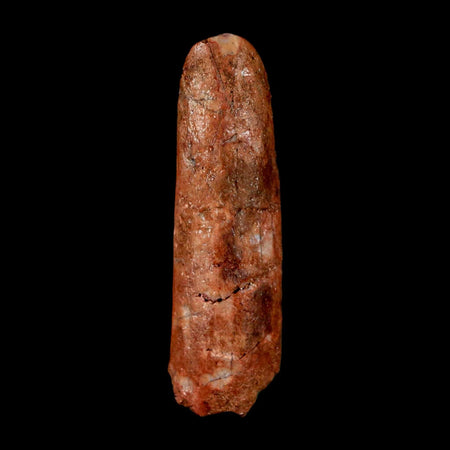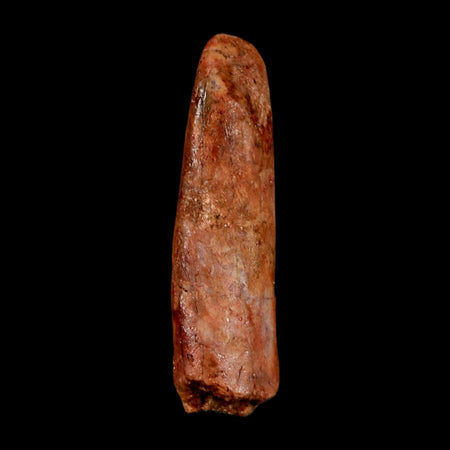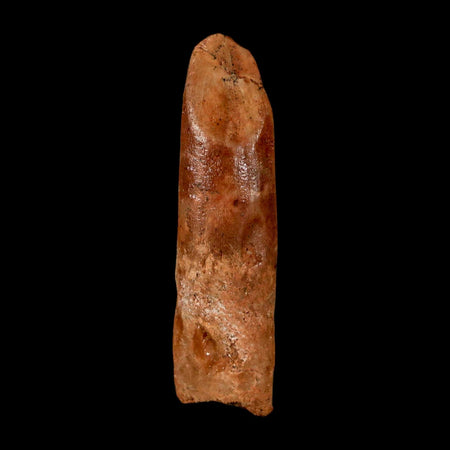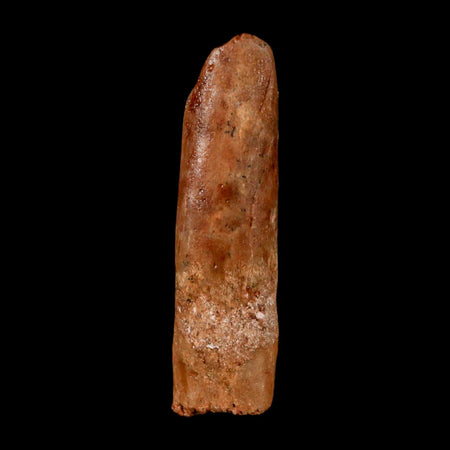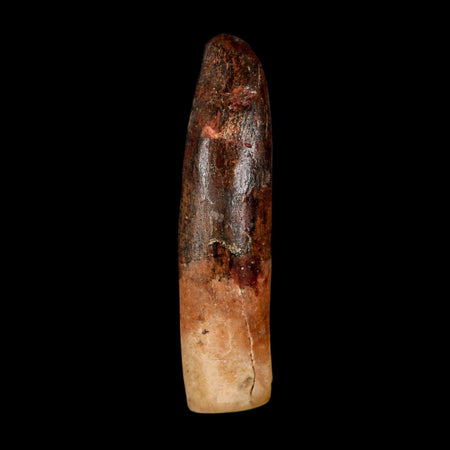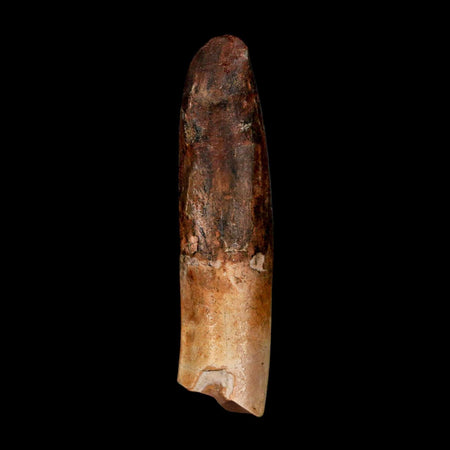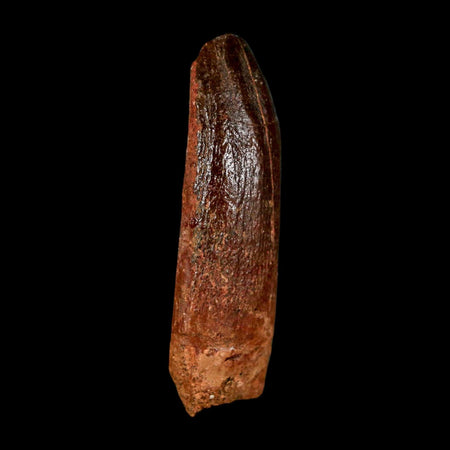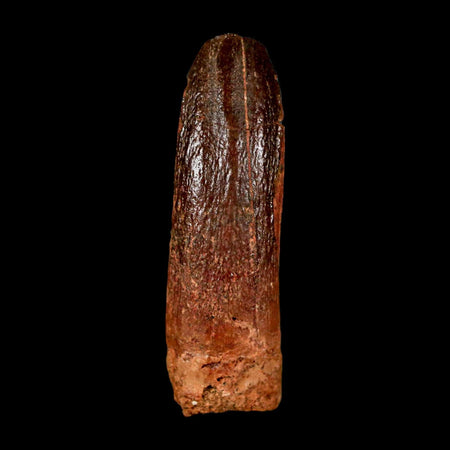2.8" Hand Carved Bird Perched on Quartz Crystal Toucan Pink Calcite, Amethyst Peru
Location: Peru
Weight: 2.8 Ounces
Dimensions: 2.8 Inches Long, 1.7 Inches Wide, 1.3 Inches Thick
The item pictured is the one you will receive.
In the highlands of Peru, artisans have long transformed semi-precious stones into exquisite bird carvings, a tradition that celebrates centuries of cultural heritage and masterful craftsmanship. Drawing upon the rich natural resources of the Andes, these artists continue practices rooted in ancient civilizations, blending spiritual symbolism with artistic skill.
For millennia, Pre-Columbian cultures such as the Moche, Nazca, Wari, and Inca shaped stones like turquoise, lapis lazuli, serpentine, and quartz—not merely for decoration, but as vessels of meaning and power. Birds held a special place in Andean cosmology: the mighty condor soared as a messenger of the gods, linking the heavens and the earth, while delicate hummingbirds symbolized love, resurrection, and the cycles of life. Each carving, with its careful detail and vibrant stone, carries the spirit of these beliefs, connecting the past to the present in a tangible celebration of nature, art, and the divine.
Peru is geologically rich, possessing a diverse array of minerals and gemstones. The term "semi-precious stones" encompasses a wide range of minerals that are valued for their beauty, durability, and often, their relative rarity compared to common rocks. For carved birds, the choice of stone often depends on its color, translucency, and workability. Common semi-precious stones used in Peruvian carvings include:
- Serpentine: Often found in shades of green, from light apple green to dark forest green. It is relatively soft, making it easier to carve intricate details, and it can be polished to a waxy luster.
- Onyx: A form of chalcedony, often banded, with colors ranging from white to black, and sometimes green or brown. Its smooth texture and ability to take a high polish make it popular for detailed work.
- Calcite: A common mineral, often found in various colors, including white, yellow, orange, and green. It is softer than many other stones but can be carved and polished effectively.
- Quartz: A very common mineral, but specific varieties like amethyst (purple), citrine (yellow/orange), rose quartz (pink), and clear quartz are highly valued. These are harder stones, requiring more effort to carve but offering excellent durability and luster.
- Rhodochrosite: Known for its distinctive pink to red colors, often with white banding. While less common for full bird carvings due to its relative softness and cost, it might be used for accents or smaller pieces.
- Turquoise: Though less abundant in Peru than in some other regions, turquoise was historically traded and used, particularly for inlay work. Its distinctive blue-green color is highly prized.
- Sodalite: A deep blue mineral, sometimes with white veins. It offers a striking color for bird carvings.
The selection of a particular stone for a bird carving is not arbitrary. Artisans often consider the natural color and patterns within the stone to enhance the depiction of the bird, using the stone's inherent qualities to suggest plumage or form.
Carving Techniques and Artistic Expression
The process of carving semi-precious stones into bird forms is labor-intensive and requires significant skill and patience. While modern tools like diamond-tipped saws, drills, and rotary tools have revolutionized the initial shaping and roughing out of the stone, the finer details and polishing stages still often rely on traditional hand techniques.
The general process involves:
- Selection and Preparation: Choosing a suitable piece of stone, free from major flaws, and cutting it into a manageable block.
- Rough Shaping: Using saws and larger grinding wheels to remove excess material and establish the basic silhouette of the bird.
- Detailing: Employing smaller burrs, files, and chisels to carve out the intricate features such as wings, feathers, beaks, and eyes. This stage demands precision and an understanding of avian anatomy.
- Sanding: Gradually smoothing the surface using progressively finer grades of abrasive papers or compounds to remove tool marks and prepare for polishing.
- Polishing: Applying polishing compounds and using buffing wheels or cloths to bring out the natural luster and color of the stone. This final step is crucial for the aesthetic appeal of the finished piece.
Artisans often specialize in carving specific types of birds, such as hummingbirds, condors, parrots, or owls, each requiring a unique approach to capture their distinctive characteristics. The artistic expression in these carvings goes beyond mere replication; it often imbues the birds with a sense of life and movement, reflecting the artisan's connection to nature and their cultural heritage. The scale of these carvings can vary from small, intricate miniatures suitable for jewelry or display to larger, more substantial pieces.











